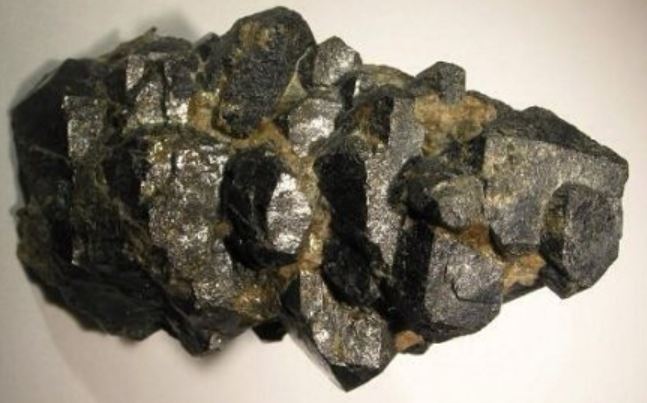Actinium is a fascinating element with significant implications in science and industry. As one of the first members of the actinide series in the periodic table, actinium holds a unique place in the study of radioactive elements. This article will delve into what actinium is, its properties, uses, and its role in the broader context of chemistry and physics.
What Is Actinium?
Actinium is a chemical element with the symbol Ac and atomic number 89. It is a member of the actinide series, a group of 15 elements from actinium to lawrencium in the periodic table. Actinium is highly radioactive and was first discovered in 1899 by the German chemist Friedrich Oskar Giesel. The name “actinium” is derived from the Greek word “aktinos,” meaning “ray,” reflecting its strong radioactivity.
Physical and Chemical Properties
Actinium exhibits several notable physical and chemical properties:
- Appearance: Actinium is a soft, silvery-white metal that is chemically similar to other actinides. It is highly reactive, especially when exposed to air, forming a layer of oxide on its surface.
- Density and Weight: It has a density of about 10.07 g/cm³, which is relatively high compared to many other metals.
- Radioactivity: Actinium is a highly radioactive element. Its most common isotope, actinium-227, has a half-life of about 21,000 years. It is one of the first elements in the actinide series to exhibit strong radioactivity.
- Chemical Behavior: Actinium reacts quickly with oxygen and moisture, forming a white oxide layer. It also reacts with acids and bases, similar to other actinides.
Isotopes of Actinium
Actinium has several isotopes, but the most significant ones are:
- Actinium-227: The most well-known isotope, used in various scientific research applications. It has a half-life of about 21,000 years and is part of the decay chain of uranium-235.
- Actinium-228: This isotope is used in radiotherapy and has a shorter half-life of about 6.15 hours. It decays into stable isotopes of other elements.
- Actinium-230: Less commonly encountered, this isotope is found in trace amounts and has a half-life of approximately 75,000 years.

Applications of Actinium
Due to its high radioactivity, actinium has several specialized uses:
- Medical Applications: Actinium-227 is used in cancer treatment, specifically in targeted alpha therapy. This form of radiotherapy uses the high-energy alpha particles emitted by actinium to destroy cancer cells while minimizing damage to surrounding healthy tissues.
- Scientific Research: Actinium is utilized in various fields of research, including nuclear physics and chemistry. Its properties help scientists study radioactive decay, nuclear reactions, and the behavior of actinides.
- Neutron Sources: Actinium-227, when combined with beryllium, is used to produce neutrons. This application is valuable in nuclear research and certain industrial processes.
- Dating Geological Samples: Actinium isotopes are used in dating geological samples and studying the age of minerals and rocks due to their radioactive decay properties.
Handling and Safety
Due to its high radioactivity, actinium must be handled with extreme caution:
- Protection: Scientists and workers handling actinium need to use protective equipment, including gloves and shielding, to avoid exposure to its radiation.
- Storage: Actinium is stored in sealed containers and kept in secure facilities to prevent radiation leakage and contamination.
- Disposal: Special protocols are in place for the disposal of actinium and its compounds to minimize environmental impact and health risks.
Historical Context and Discovery
Actinium was first identified by Friedrich Oskar Giesel in 1899 while he was studying uranium minerals. Giesel’s discovery was significant because it was one of the first elements to be isolated in the actinide series, which later included other important radioactive elements like thorium, uranium, and plutonium.
Actinium is a remarkable element with unique properties and important applications, particularly in the fields of medicine and scientific research. Its role in radioactivity and its use in various applications highlight its significance in both historical and modern contexts.
